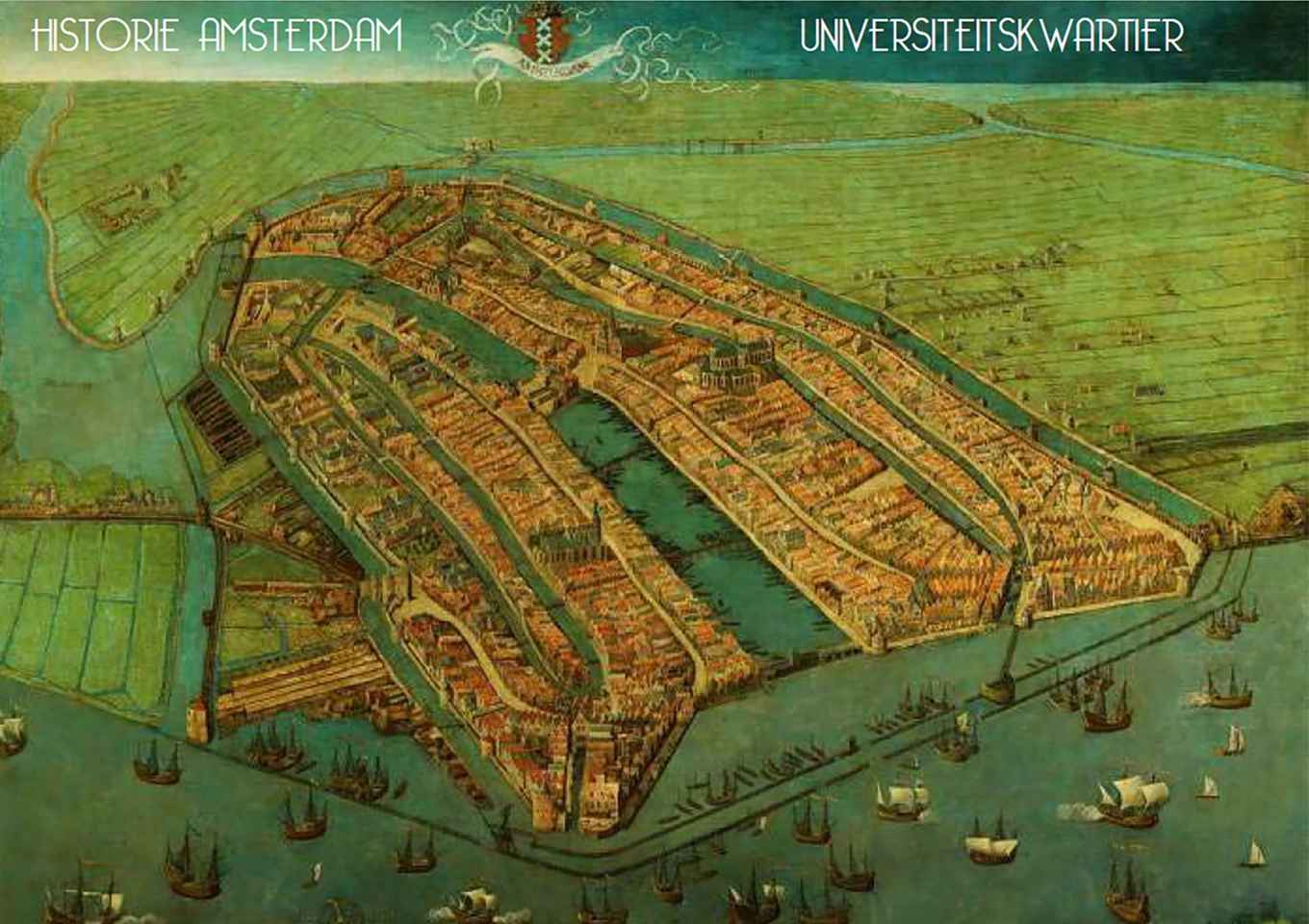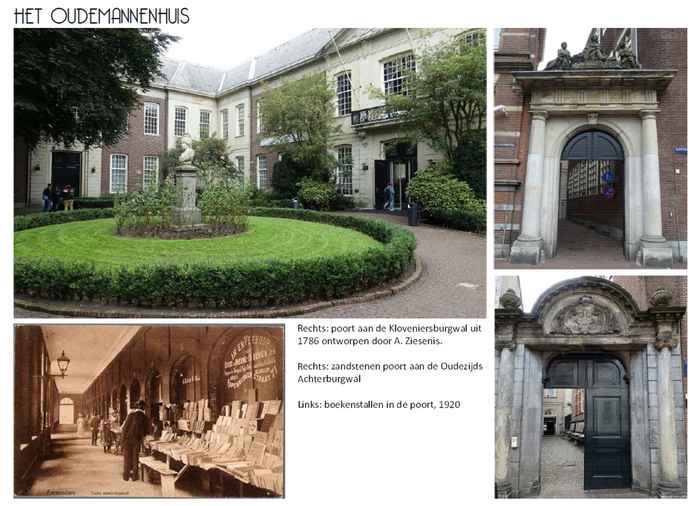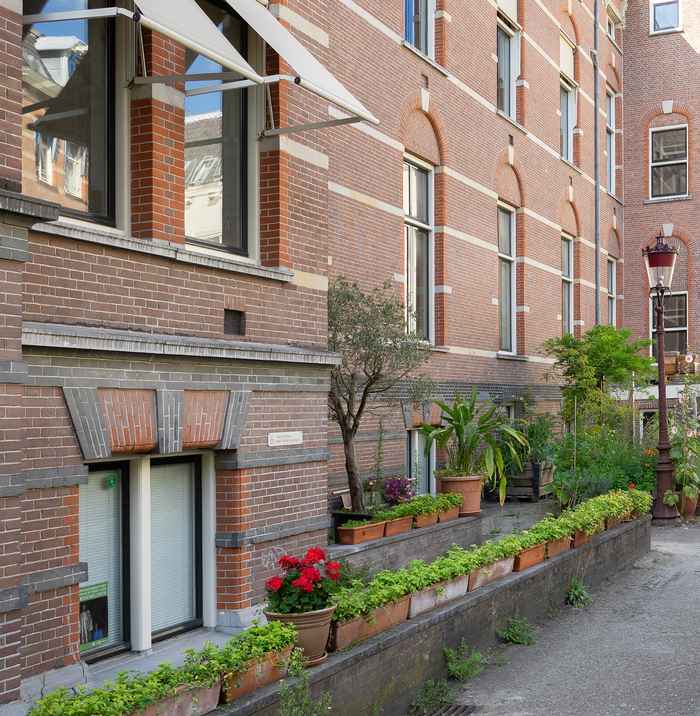Oudemanhuispoort and BG5: a look back in time
28 September 2020

The premises have a rich history that stretches all the way back to the Middle Ages. In the period when Amsterdam was no larger than the small area within the Singel canal, a convent known as the Oude Nonnenklooster stood on the Binnengasthuis premises. When Amsterdam officially converted to Protestantism in 1578, the convents were combined into the predecessor of the Binnengasthuis and the complex continued to have a caregiving or hospital function for centuries. In 1625, the convent was replaced by a home for elderly men; only the exterior walls of this structure survive today. The characteristic square formed by the courtyard of the OMHP dates from this time and has been preserved.

OMHP: Luxury residence for elderly men and women
In the 18th century, the space was expanded to accommodate a more luxurious residence for elderly men and women, which retained the ornate façades from the 17th century. The residence has also housed a variety of other functions: in 1757, the majority of the complex was taken into use by the Royal Academy of Visual Arts, and in 1855, Museum van der Hoop took up residence on the premises as well. Over the years, the medieval layout of the OMHP – recognisable by a number of elements including the two gates that lead to the luxurious gallery – has been preserved. The gallery housed a row of shops which were a major source of income for the residence. If you want to travel back in time for a moment, you can still shop for second-hand books here today. In 1880, the complex underwent drastic changes to prepare it for the University of Amsterdam. The OMHP has always consisted of multiple buildings, including the canal-side houses on the Kloveniersburgwal and the Oudezijdsachterburgwal, in which various hospital facilities were located.

From clinic to BG5
Between 1887 and 1890, a clinical hospital was built on the premises. The original structure consisted of two long wings, a men’s clinic and a women’s clinic. Another building linked the two wings, so that the entire complex took on a U-shape. The courtyard of that interconnecting building featured a round addition which contained two lecture halls. In an interview, former student Jan Jager spoke about the teaching hospital as it was then: ‘Internal Medicine was on the first floor, Dermatology on the ground floor and the laboratories and staff rooms on the second floor. There were two round lecture halls in the middle, one above the other. During my medical clerkship, we would visit one of the four hospital wards with Professor Borst from Internal Medicine every Friday afternoon.’ BG5 was renovated for the first time in 1968, at which point a wing that bisects the courtyard was added. Another extensive renovation of BG5 was carried out in 1988; this time, a glass pyramid was installed as a roof over the courtyard – an addition which radically changed the appearance of the building. The student restaurant has been located in this building ever since.
Additional information
The webinar given by Hans Vlaardingerbroek can be seen here.
Go here to read the interview with former student Jan Jager.